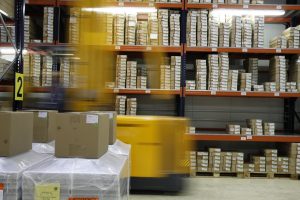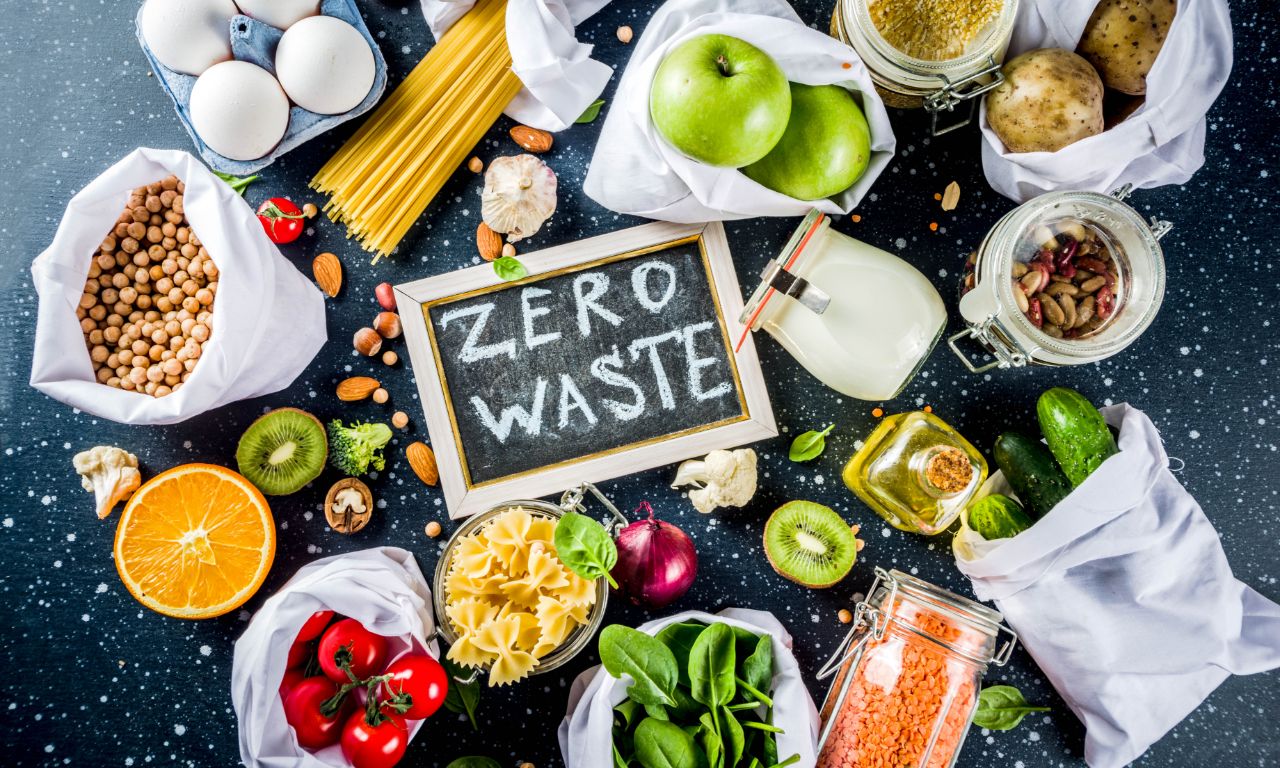The world produces an abundance of food, yet nearly 1.3 billion tons of it are wasted each year. This is not only a moral issue but also an environmental concern. About one-third of the world’s food supply is lost or thrown away at various points in the food supply chain (from production to processing to distribution to consumption). Food waste in landfills produces harmful greenhouse gasses that contribute to climate change. Moreover, food waste is a significant economic burden, as it leads to losses for farmers, processors, and retailers. However, technology has the power to reduce food waste in the supply chain significantly. In this article, we will examine the impact of technology on reducing waste in the supply chain.
Innovative Approaches for Reducing Food Waste in the Supply Chain
-
- Food traceability systems
One of the key causes of food waste is a lack of visibility and control in the supply chain. Food traceability systems can help track the origin, journey, and quality of food products. These systems use various technologies, such as RFID tags, barcodes, and GPS tracking, to monitor the movement of food products. With the help of these technologies, food suppliers can quickly identify where and when food is being wasted in the supply chain, enabling them to take corrective measures to prevent further waste.
-
- Smart packaging

Smart packaging is another innovative technology that can help reduce food waste in the supply chain. This technology uses sensors to monitor the quality and freshness of food products and alert consumers when food is about to spoil. It can also keep track of the temperature and humidity, making sure that food is stored and moved in the best conditions. Furthermore, smart packaging can help prevent food waste by extending the shelf life of food products.
-
- Supply chain optimization
Optimizing the supply chain can help reduce food waste by improving the efficiency of food production, processing, and distribution. One such technology is the use of predictive analytics. By analyzing data from the supply chain, predictive analytics can help food suppliers forecast demand and adjust production accordingly. This ensures that the right amount of food is produced, reducing waste from overproduction. Furthermore, predictive analytics can also help optimize logistics by identifying the most efficient routes for transporting food products.
-
- Food recovery and redistribution
Food recovery and redistribution technologies can help reduce food waste by redirecting surplus food to people in need. These technologies use online platforms and mobile apps to connect food suppliers with charities and food banks. This ensures that surplus food is quickly and efficiently distributed to those who need it. Moreover, food recovery and redistribution technologies can also help reduce waste by diverting food products from landfills.
-
- Cold Chain Optimization
A viable option to prevent food from being wasted is the maintenance of a cold chain, in which proper temperature conditions are maintained at every stage of the supply chain. If supply systems were altered to ensure that food reached those who needed it most, this might potentially feed a large number of people around the world. Perishable commodities that require refrigeration are transported through the “cold chain”, a variant on the more common “food supply chain.” The Internet of Things (IoT) and other cutting-edge digital technologies may help food suppliers optimize the supply chain and cut down on food waste.
Sustainability Benefits of the Technology Reduce Food Waste
The advancement of technology has greatly assisted in the food industry’s efforts to decrease food waste and increase its level of sustainability. With the help of modern technology, restaurants and grocery stores can better monitor stock and cut down on spoilage. Smart sensors and monitoring systems allow organizations to track inventory in real time, allowing them to better detect instances of possible food waste and take corrective measures. Reduced food waste due to inefficient supply networks is mostly attributable to technological advancements that have made food delivery more streamlined.
Technology has made it possible for businesses to collect and analyze data about how much food they throw away. This helps them figure out what they are doing wrong and how to fix it. This kind of information can be used to track how well waste-reduction programs are working, find problem areas, and guide policy changes. In general, technology has the potential to cut food waste by a lot. This would help the food industry move toward sustainability and reduce the environmental impact of making and distributing food.
Conclusion
In conclusion, technology has a significant impact on reducing waste in the supply chain. By improving visibility, optimizing logistics, and enhancing food traceability, technology can help reduce food waste from production to consumption. Moreover, technologies such as smart packaging and food recovery platforms can help prevent food waste and ensure that surplus food reaches those in need. It is clear that technology has a critical role to play in reducing food waste, and it is up to the food industry to embrace these innovations to create a more sustainable future.




